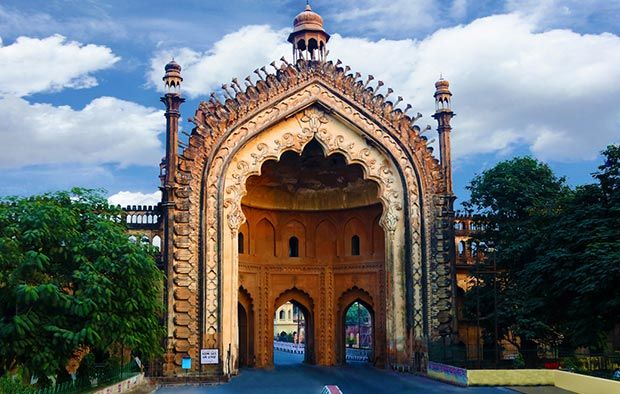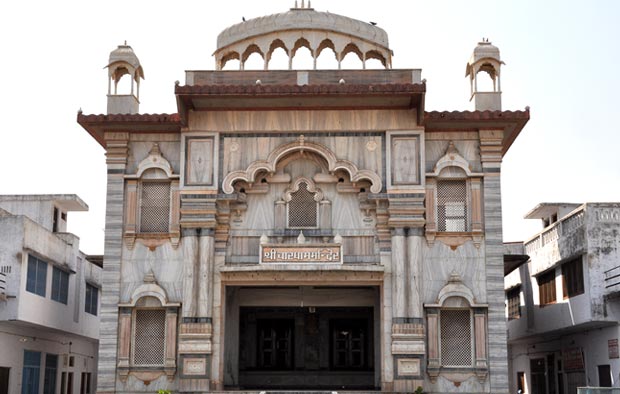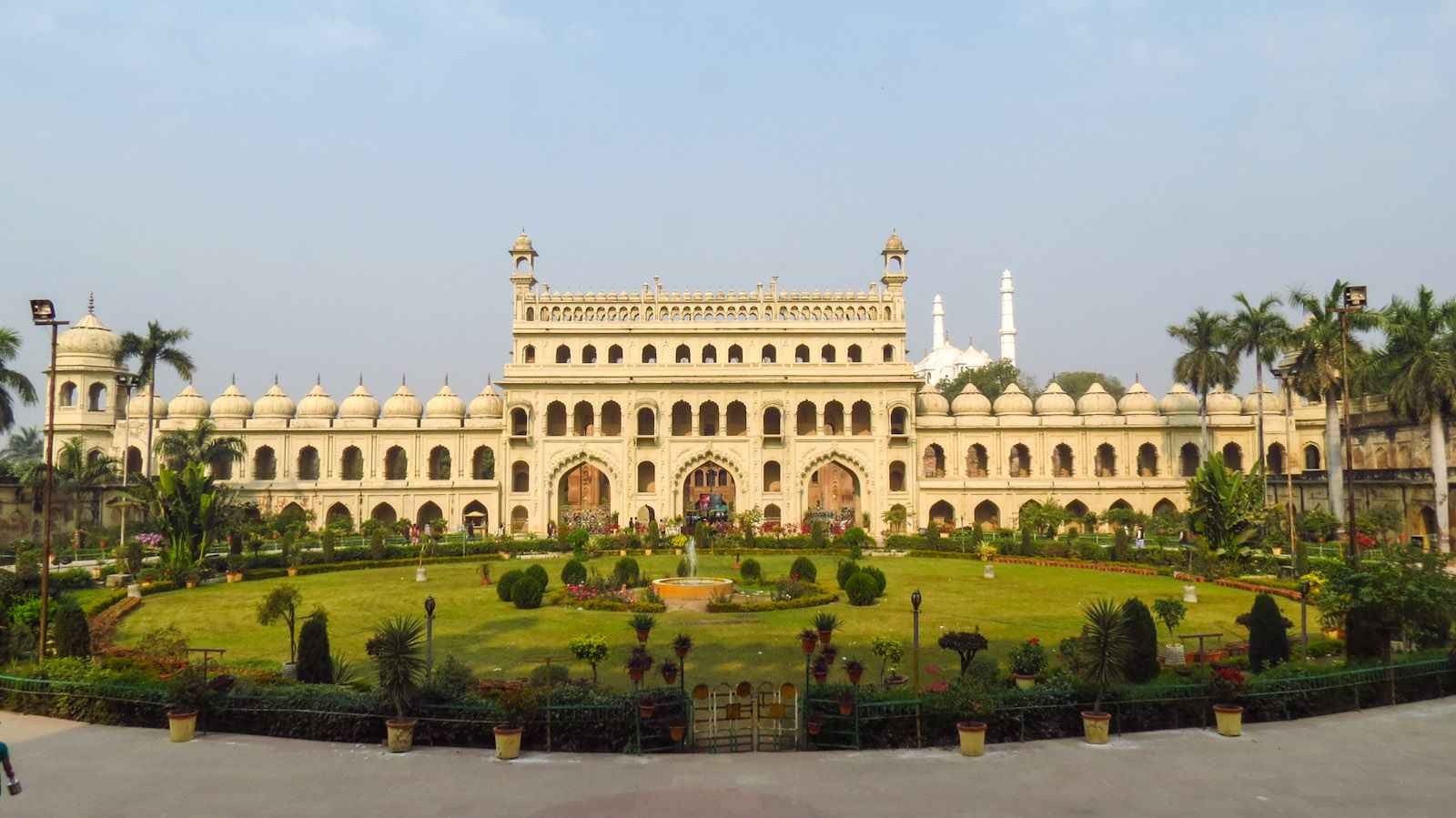Lucknow
"Lucknow, the capital of Uttar Pradesh, lies in the middle of the Heritage Arc. This bustling city, famed for its Nawabi era finesse and amazing food, is a unique mix of the ancient and the modern. It is home to extraordinary monuments depicting a fascinating blend of ancient, colonial and oriental architecture."
Lucknow, a large city in northern India, is the capital of the state of Uttar Pradesh. Toward its center is Rumi Darwaza, a Mughal gateway. Nearby, the 18th-century Bara Imambara shrine has a huge arched hall. Upstairs, Bhool Bhulaiya is a maze of narrow tunnels with city views from its upper balconies. Close by, the grand Victorian Husainabad Clock Tower was built as a victory column in 1881.
Historically, Lucknow was the capital of the Awadh region, controlled by the Delhi Sultanate and later the Mughal Empire.
It was transferred to the Nawabs of Awadh. In 1856, the British East India Company abolished local rule and took
complete control of the city along with the rest of Awadh and, in 1857, transferred it to the British Raj.
Along with the rest of India, Lucknow became independent from Britain on 15 August 1947. It has been listed as the 17th
fastest growing city in India and 74th in the world.
"Lucknow is a city seeped deep into history and a walk in the old quarters of the city can reveal secrets which can surprise even someone who lives in the city. I have been visiting Lucknow right from the time I was a kid but if there is one walk I can recommend, then it would certainly be the heritage walk in the city."

Rumi Darwaza
The Rumi Darwaza in Lucknow, Uttar Pradesh, India, is an imposing gateway which was built under the patronage of Nawab Asaf-Ud-daula in 1784. It is an example of Awadhi architecture. The Rumi Darwaza, which stands sixty feet tall, was modeled (1784) after the Sublime Porte (Bab-iHümayun) in Istanbul.
"The city stands at an elevation of approximately 123 metres (404 ft) above sea level. Lucknow district covers an area
of 2,528 square kilometres (976 sq mi). Bounded on the east by Barabanki, on the west by Unnao, on the south by Raebareli
and in the north by Sitapur and Hardoi, Lucknow sits on the northwestern shore of the Gomti River.

Shri Char Dhaam Temple
The Rumi Darwaza in Lucknow, Uttar Pradesh, India, is an imposing gateway which was built under the patronage of Nawab Asaf-Ud-daula in 1784. It is an example of Awadhi architecture. The Rumi Darwaza, which stands sixty feet tall, was modeled (1784) after the Sublime Porte (Bab-iHümayun) in Istanbul.

Bada Imaambara
Bara Imambara is an imambara complex in Lucknow, India, built by Asaf-ud-Daula, Nawab of Awadh, in 1784. It is also called the Asafi Imambara. Bara means big, and imambara is a sacred hall built for the purpose of Azadari. The Bara Imambara is among the grandest buildings of Lucknow.
The building also includes the large Asfi mosque, the bhul-bhulaiya (the labyrinth), and bowli, a step well with running water. Two imposing gateways lead to the main hall. It is said that there are 1024 ways to reach the terrace but only one to come back. It is an accidental architecture.